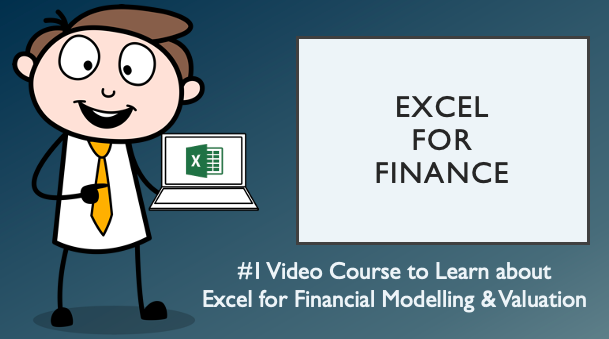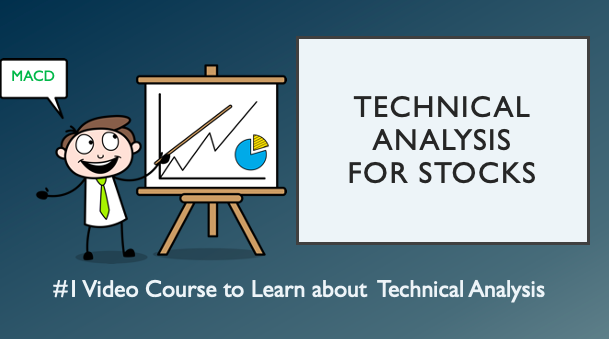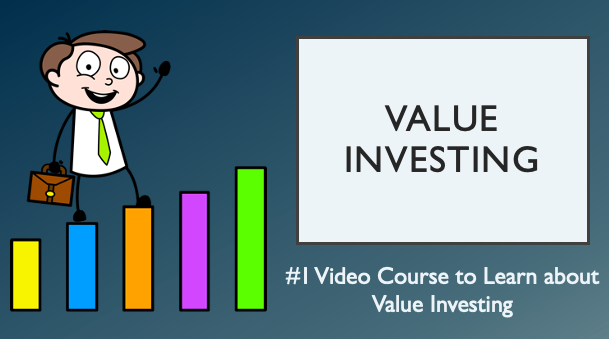Book Summary of Investment Valuation - Tools & Techniques to Determine Value of any Asset
by Aswath Damodaran

What is this book about?
The book "Investment Valuation: Tools and Techniques for Determining the Value of Any Asset" by Aswath Damodaran is a comprehensive guide to the principles and practices of valuing different types of assets, including stocks, bonds, options, real estate, and private businesses. It delves into various valuation methods such as discounted cash flow (DCF), relative valuation, and contingent claim valuation (real options). The book is structured to help readers understand the theoretical foundation of valuation as well as practical applications in corporate finance, portfolio management, and acquisition analysis.
Who should read the book?
This book is suitable for a wide range of readers, including:
- Finance students who need to grasp the fundamentals of asset valuation.
- Financial analysts who are involved in investment banking, equity research, or corporate finance.
- Investors (both individual and institutional) who seek to better understand how to value different types of assets.
- Corporate managers responsible for making investment decisions or involved in mergers and acquisitions.
- Academics and educators looking for a comprehensive resource on valuation techniques.
10 Big Ideas from the Book
-
Every Asset Has a Value: The book emphasizes that every asset, whether tangible or intangible, has a value that can be estimated using appropriate valuation techniques.
-
Valuation is Subjective: While valuation models are quantitative, the inputs often involve subjective judgments, making the process inherently biased.
-
Discounted Cash Flow (DCF) Valuation: The DCF method is foundational in valuation, focusing on the present value of expected future cash flows.
-
Relative Valuation: This method involves comparing the asset's value to similar assets using multiples such as P/E, P/B, and P/S ratios.
-
Contingent Claim Valuation: Real options and other contingent claims are valued using option pricing models, acknowledging that certain assets have value based on potential future opportunities.
-
Market Efficiency: The book discusses the balance between market efficiency and the potential for mispricing, emphasizing that markets may not always reflect the true value of an asset.
-
Risk and Uncertainty: Understanding and incorporating risk into valuation models is crucial, as higher uncertainty demands higher discount rates.
-
Growth Estimation: Accurately estimating growth is pivotal for valuation, especially for young and rapidly growing companies.
-
Terminal Value Estimation: The book explains the importance of correctly estimating the terminal value, which often accounts for a significant portion of an asset’s valuation.
-
Valuing Non-Traditional Assets: It covers the valuation of assets like distressed firms, start-ups, and private companies, which require adaptations of traditional models.
Summary of "Investment Valuation" by Aswath Damodaran
Aswath Damodaran's "Investment Valuation" is a comprehensive guide to understanding the principles, methodologies, and tools used in valuing various types of assets. The book is structured to progressively build the reader's knowledge, starting from fundamental concepts and moving toward advanced valuation techniques. The key insights and relevant metrics highlighted throughout the book provide a robust framework for anyone involved in finance, investment, or corporate management.
1. Foundations of Valuation
The book begins by establishing the importance of valuation in finance. Every asset has a value, and the process of determining this value is both an art and a science. Valuation is not only about crunching numbers but also about making informed judgments based on the asset's potential for generating future cash flows.
- Key Insight: Valuation is subjective, influenced by assumptions and biases, making it crucial to approach it with a clear understanding of the context and the specific asset being valued.
2. Discounted Cash Flow (DCF) Valuation
DCF valuation is central to the book, focusing on estimating the present value of expected future cash flows. This method is applicable to a wide range of assets, particularly those with predictable cash flows. The section covers how to interpret financial statements, assess risk, and estimate the appropriate discount rates.
- Key Metrics:
- Return on Invested Capital (ROIC): Significance lies in assessing how efficiently a firm uses its capital to generate returns.
- Weighted Average Cost of Capital (WACC): Crucial for discounting future cash flows and assessing the cost of financing.
- Free Cash Flow to the Firm (FCFF): Represents the cash available to all capital providers after accounting for operating expenses and reinvestment needs.
3. Estimating Cash Flows
Accurately estimating future cash flows is essential for any valuation. This section explains how to adjust earnings for non-cash items, estimate growth rates, and calculate terminal value, which often constitutes a large portion of a firm’s valuation.
- Key Metrics:
- Net Operating Profit After Taxes (NOPAT): Indicates the firm’s profitability from core operations.
- Gross Margin: Important for understanding a firm's efficiency in production relative to its revenue.
- Retention Ratio: Reflects the proportion of earnings retained in the business for growth, critical for estimating sustainable growth.
4. Valuation Models
The book then explores various valuation models, including the Dividend Discount Model (DDM) and Free Cash Flow to Equity (FCFE). These models are applied based on the characteristics of the firm being valued, such as its dividend policy or capital structure.
- Key Metrics:
- Price/Earnings (P/E) Ratio: Reflects the market’s expectations of future earnings growth.
- Price/Book (P/B) Ratio: Useful for firms with significant tangible assets.
- Equity Value Per Share: Essential for assessing the value attributed to each share of a company’s stock.
5. Relative Valuation
Relative valuation compares a firm’s value to that of similar companies using multiples like P/E, P/B, and Price/Sales (P/S). This method is simpler and often more intuitive than DCF but requires careful selection of comparable companies and adjustments for differences in growth, risk, and profitability.
- Key Metrics:
- PEG Ratio: Adjusts the P/E ratio for growth, providing a more nuanced view of valuation.
- EV/EBITDA: Popular for capital-intensive industries, reflecting the firm’s operational performance before accounting for financing decisions.
- Price/Sales (P/S) Ratio: Particularly useful for valuing firms with volatile or negative earnings.
6. Advanced Valuation Techniques
This section addresses the valuation of firms that do not fit traditional models, such as start-ups, private firms, and distressed companies. It also covers sector-specific valuation techniques, emphasizing the need for tailored approaches based on the firm’s unique characteristics.
- Key Metrics:
- Customer Lifetime Value (CLTV): Important for assessing the value of customer relationships in young or rapidly growing firms.
- Discount for Lack of Marketability (DLOM): Reflects the illiquidity of private firm shares.
- Synergy Estimation: Critical in mergers and acquisitions for justifying the purchase price.
7. Option Pricing Applications in Valuation
Option pricing models are applied to assets with option-like characteristics, such as the option to delay, expand, or abandon a project. These models are particularly useful for valuing equity in distressed firms, where traditional methods may fail to capture the full range of potential outcomes.
- Key Metrics:
- Real Option Value (ROV): Adds value to a project by incorporating flexibility in decision-making.
- Asset Value vs. Debt: In distressed firms, equity is often valued as an option, where asset value and debt levels determine the equity’s worth.
- Volatility: Central to option pricing, reflecting the uncertainty and potential upside in the valuation of options and distressed assets.
8. Value Enhancement
The book also focuses on how firms can actively manage and enhance their value. By understanding and influencing key drivers of value, such as revenue growth, margins, and reinvestment efficiency, managers can increase a firm’s intrinsic value.
- Key Metrics:
- Economic Value Added (EVA): Indicates whether a firm is generating returns above its cost of capital.
- Cash Flow Return on Investment (CFROI): Helps assess whether the firm’s cash flows justify its invested capital.
- Market Value Added (MVA): Reflects the value created for shareholders over the invested capital, indicating successful value enhancement strategies.
9. Other Valuation Techniques
Finally, the book covers the valuation of bonds, options, futures contracts, and other financial instruments, extending the principles of valuation to a broader range of assets. This section highlights the importance of understanding interest rates, credit risk, and arbitrage in the valuation of these instruments.
- Key Metrics:
- Yield to Maturity (YTM): The most comprehensive measure of a bond’s return, encompassing both coupon income and capital gains.
- Duration: Measures a bond’s sensitivity to interest rate changes, crucial for managing interest rate risk.
- Forward and Futures Pricing: Based on arbitrage principles, reflecting the future value of underlying assets adjusted for the time value of money.
Key Insights and Takeaways
-
Valuation is Context-Dependent: The choice of valuation method depends on the type of asset, the firm's characteristics, and the specific situation. No single model is universally applicable, and each has its strengths and limitations.
-
Understanding and Managing Assumptions is Crucial: Valuation models are highly sensitive to assumptions about growth, risk, and discount rates. Careful consideration and sensitivity analysis are necessary to ensure reliable valuations.
-
Strategic Application of Metrics: Key metrics such as ROIC, WACC, EVA, and P/E ratios are not just for assessing value but are also tools for managing and enhancing it. Understanding these metrics in the context of valuation allows for more informed decision-making.
-
Flexibility and Uncertainty: Real options provide a framework for incorporating flexibility and uncertainty into valuation, particularly in industries or situations where future conditions are highly uncertain.
-
Advanced Techniques for Special Cases: For non-traditional assets like start-ups, private firms, and distressed companies, advanced techniques such as option pricing, adjusted DCF models, and sector-specific multiples are necessary to capture the full range of potential value.
-
Value Creation: Ultimately, the goal of valuation is not just to assess value but to create it. Managers can enhance firm value by strategically influencing key drivers, optimizing capital structure, and effectively managing growth and risk.
Aswath Damodaran's "Investment Valuation" equips readers with a comprehensive understanding of how to approach the valuation of virtually any asset, providing both the theoretical foundation and practical tools necessary to make informed financial decisions. By mastering the concepts and techniques outlined in the book, readers can navigate the complexities of valuation with confidence and precision.
Which Other Books are Used as Reference?
The book references a variety of other works and resources in finance, economics, and valuation. Some notable references include:
- "Principles of Corporate Finance" by Brealey, Myers, and Allen: Often cited for foundational corporate finance theory.
- "Security Analysis" by Benjamin Graham and David Dodd: A classic text on investment analysis.
- "The Theory of Investment Value" by John Burr Williams: Focuses on the theoretical underpinnings of discounted cash flow analysis.
- "Options, Futures, and Other Derivatives" by John C. Hull: Referenced for its treatment of option pricing theory and contingent claim valuation.
Browse Summaries of Top Investing books!
You may also like the below Video Courses



